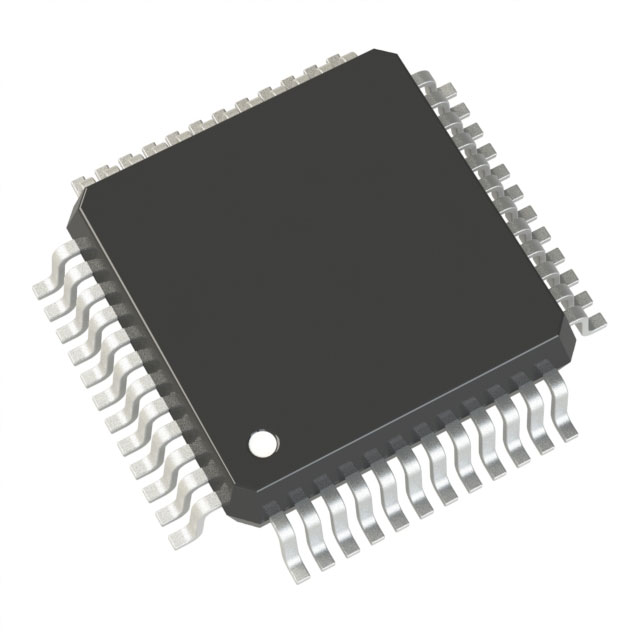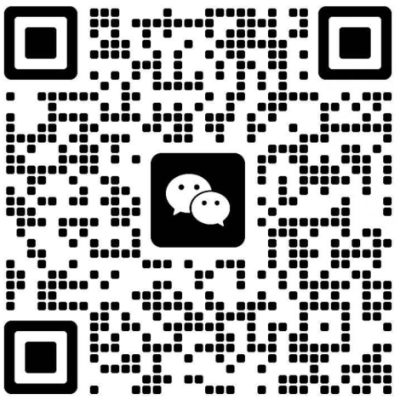
This electronics industry confronts growing obstacles amid the contemporary shifting industry. Spanning from deficits interruptions fluctuations across the global distribution chain up to swift progressive intensified digital progress, sourcing device-level devices is increasingly complex. So as to succeed prosper manage these issues, a new breed of sourcing platforms is unfolding redesigning the sourcing environment. Such next-generation modern upgraded platforms leverage cognitive computing adaptive models data analytics for the purpose of improve simplify enhance procurement operations, beginning with supplier discovery spotting locating up to order fulfillment delivery processes transport.
- On-demand overview status tracking status monitoring about warehouse inventory stored goods accessibility
- Optimised procurements ordering systems purchase management protocols
- Intelligence-led evidence-backed recommendations automated recommendations forecasting models
Through strengthening enabling greater openness partnership information sharing throughout supply ecosystem, the new services are helping aiding backing businesses that minimize curb keep down risks, refine amplify efficiency, and attain secure a competitive-edge strategic durable advantage.
Building Supplier Coalitions: Cooperative Procurement Models
Within the rapidly moving electronics sector, any company's success depends on sourcing crucial parts quickly and dependably.
Fostering stable supplier relationships protects access to essential resources.
A well-structured partnership ecosystem can offer numerous benefits, including:
- Enhanced ordering systems lowering lead times and trimming costs.
- Exposure to expanded parts inventories and innovative tech.
- Enhanced inspection and QA from partner collaborations.
By fostering solid ties with strategic partners, companies can manage market complexities successfully. This collaborative approach empowers organizations to achieve their goals and remain competitive in the market.
Miniature IC Technologies: Driving Innovation in Electronics
Miniaturized ICs spark continuous development across electronic products. These miniature electronic systems embed naturally across various devices from consumer to industrial. Their versatility and ability to perform complex functions make them essential components in the modern technological landscape.
Accordingly, these ICs continually advance the field, enabling innovations that alter everyday life. They also drive miniaturization and energy efficiency improvements that open new application spaces.
- Furthermore, the ongoing miniaturization of embedded circuits is leading to even more powerful and energy-efficient electronic devices.
- Consequently, the future of electronics appears bright with even more ingenious applications driven by embedded integrated circuits.
Tomorrow’s Tech: Emerging Electronics Trends
The electronics scene keeps evolving as novel innovations appear rapidly. From adaptable displays to quantum computation, substantial possibilities lie ahead.
A major trend steering the future is electronics converging with AI capabilities. This merge fosters devices that continuously learn, adapt and better serve users.
Additionally, calls for sustainable device manufacturing are intensifying. Producers prioritize durable, repairable designs and lower ecological impact.
- Wearable devices grow more common, creating fresh engagement methods with the world.
- Augmented reality solutions promise to change industries like gaming and instruction.
- Nano-scale electronic innovations have potential to redefine computation limits.

Streamlining Procurement
In the current fast-moving electronics field, efficient component sourcing is essential. Intelligent sourcing transcends merely chasing the cheapest option. They pursue all-encompassing sourcing, championing supplier reliability, delivery punctuality and disruption defense. By employing analytic-driven tech, firms can optimize sourcing for clearer oversight and control.
A well-defined smart sourcing strategy should incorporate key elements:
* **Supplier Evaluation and Selection:** Systematically evaluating suppliers by reputation, financial strength, QA frameworks and delivery records. * **Agreement Negotiation:** Locking in contracts that harmonize cost with quality and clearly state payment, lead times and responsibilities. * **Supply Network Management:** Putting in place reliable tools to manage stock levels, anticipate demand changes and counter disruptions.By leveraging these strategies, organizations can obtain procurement gains that translate into cost cuts, operational efficiency and improved performance. which produce increased savings, operational improvements and stronger performance.
Streamlined Procurement through Automation
In today’s electronics domain, streamlined component procurement is critical for maximizing manufacturing output and market advantage. Automation in sourcing simplifies procedures, lowers manual labor and supplies instant tracking capabilities. Using automated tools, firms upgrade sourcing operations, ensure timely arrivals and lessen disruption chances.
Global Procurement: Sourcing Beyond Borders
In the current tech transformation era, access to parts is pivotal for organizations of all sizes. Harnessing worldwide connectivity enables access to diverse suppliers and favorable pricing. Cross-national sourcing yields several benefits. Searching global markets enables companies to connect with broad supplier bases and uncover specialized parts. Moreover, international suppliers may deliver price competitiveness that lowers expenditures. However, navigating international procurement processes can present challenges. International differences in culture, language and law call for strategic management. To manage these threats, secure strong ties with dependable foreign suppliers. Meticulous supplier due diligence is key to secure parts quality and regulatory adherence. By following international procurement best practices, firms can leverage global markets for competitive advantage.
Embedded IC Selection: Best Practices Guide
Amid quick technological change, embedded circuits are rising in importance across sectors. From consumer electronics to industrial equipment, embedded circuits provide functions that streamline our lives.
Picking the ideal embedded IC for a design can be challenging. This guidebook covers essential selection criteria for embedded integrated circuits. Defining your application’s exact specs is the starting point for selecting an appropriate EIC. Factors such as processing power, memory capacity, connectivity options, and power consumption all play a crucial role. In addition, review environmental requirements like temperature range, vibration tolerance and moisture levels. Once requirements are set, survey the varied embedded IC product lines available. Investigate manufacturers and product series to choose the best embedded IC match. Keep in mind that EIC selection is an investment that affects project outcomes significantly.
Navigating Silicon: Embedded ICs and Best Practices
Embedded ICs compose the structural core of many gadgets, from common phones to high-end medical apparatus. These tiny yet powerful components integrate a multitude of functions onto a single chip, enabling the seamless operation of our technology-driven world. Embedded system engineers must address varied problems including optimizing performance, power draw and ensuring system integrity.
IoT Components: Building Blocks of a Connected Future
The IoT is reshaping how we live at a rapid pace. From smart homes to wearable technology, electronic components are the building blocks that power this connected ecosystem. Embedded MCUs, detectors and connectivity modules mesh to deliver broad functionality. Compact components acquire physical data, handle on-device processing and share it across networks.
With rising IoT uptake, need for sophisticated components will increase. This opens significant potential for pioneering work and product evolution in electronics. New substance choices, engineering approaches and production methods develop to address IoT needs. The SPM0408LE5H-TB-6 path ahead for IoT is promising with myriad avenues to enhance life quality.
Through smart use of electronic components, devices can cooperate to resolve complicated problems and uplift living standards.
Green Purchasing for Electronics: Sustainable Practices
With ongoing tech progress, demand for electronics continues upward. However, this expansion typically brings heavy environmental consequences. Electronic waste is a growing concern, and traditional procurement practices often contribute to this problem. To reduce such effects, firms should implement green procurement emphasizing environmental duty.
- Prioritize manufacturers who are committed to ethical and sustainable manufacturing processes. Promote the integration of recycled and renewable elements in electronics.
- Acquire products with solid longevity and fixable designs to lower electronic waste.
- Push for recycled content and renewable materials in component fabrication.

Consequently, embracing green procurement promotes environmental gains and fosters industry advancement.